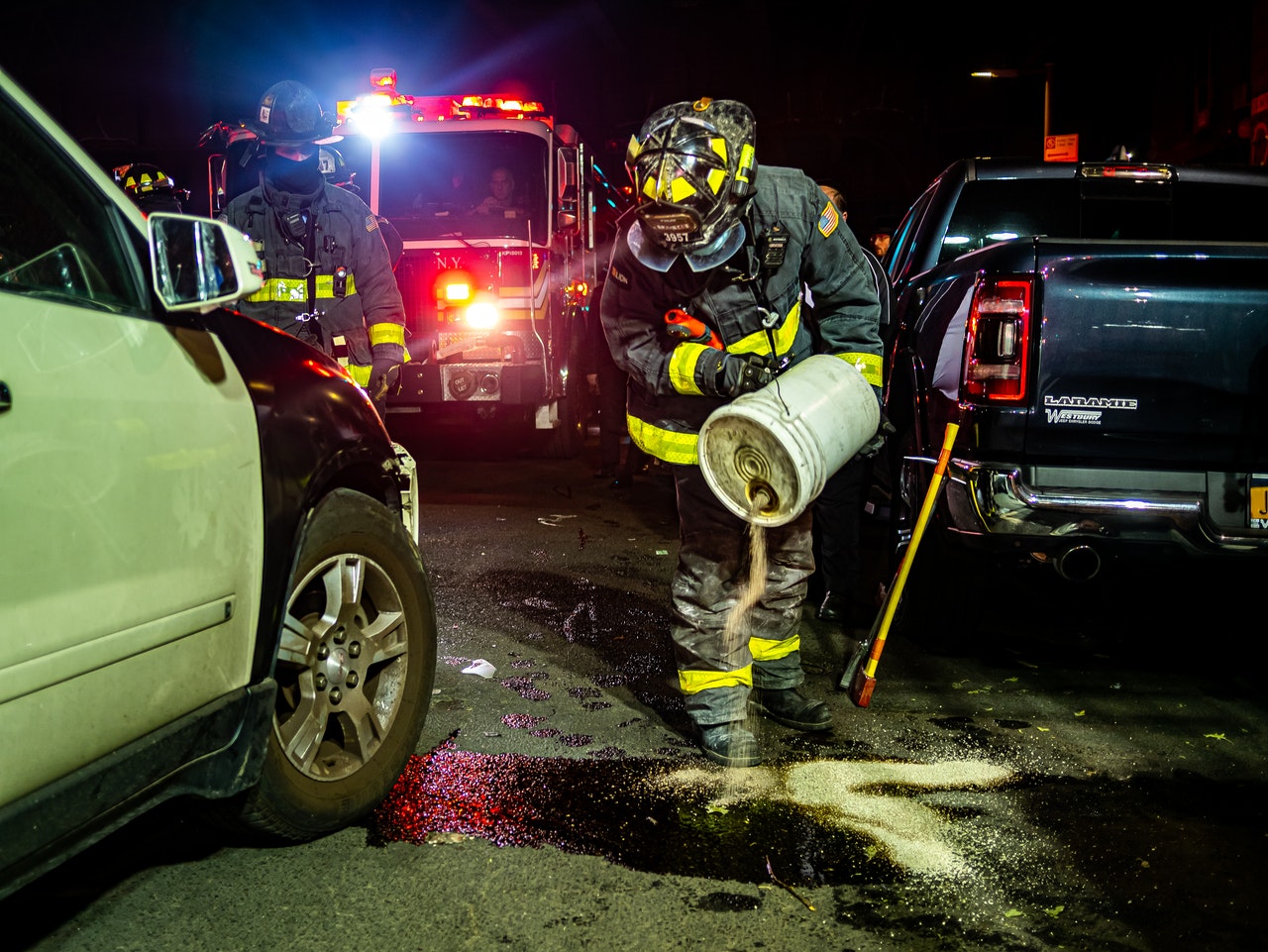According to the Transport Canada website, in 2015 Canada’s 25 million licenced drivers were involved in around 160,000 automobile accidents in which a driver, pedestrian or passenger suffered reportable injuries. Many other crashes involve only damage to the vehicles or other property.
While these numbers are relatively modest in comparison to those in many other countries, the odds are still high that every Canadian driver will be involved in at least one accident in his or her lifetime. Whatever the extent of damage or injury and regardless of where the fault may lie, it’s therefore important to know what to do (and, just as important, what to avoid doing) at the scene and afterwards. Observing the recommendations below will help ensure that your safety, health and your legal rights are protected.
Stay at the Scene. “Hit and run”, that is, failure to stop at the scene of an automobile accident is a very serious offence under both the Criminal Code of Canada as well as B.C. provincial law. Under the Criminal Code, a conviction can result in imprisonment for up to ten years if the accident resulted in injuries.
Alert Oncoming Traffic. Obviously, this is especially important at night or in other periods of reduced visibility. Ideally, you have an emergency kit with reflectors or flares. If these aren’t available, have someone use a flashlight to alert approaching motorists.
Secure the Scene. If possible, vehicles should be left where they land until the police arrive. However, if doing so creates a hazard to oncoming traffic, and it can be done safely, they may be moved to the shoulder or to an adjacent parking lot or other location out of the travel lanes. Remember to take photos first, however (see below) if at all possible. If your vehicle can’t be safely moved, stand in a location out of the road and wait for police to arrive. Unless you are too seriously injured to move, never stay in or stand next to your car when it’s in a travel lane.
Call the Police. Dial 911. This is always appropriate, even if there are no apparent injuries and the damage appears to be limited. Even if the accident is minor, you may need to provide a copy of a police accident report in order to make a claim for the damage to your vehicle.
Stick to the Facts You Know. When speaking to an investigating officer, choose your words carefully. Don’t speculate or offer opinions. Who was at fault in the accident is an opinion, so keep it to yourself, no matter who you think is to blame. In general, the less information you volunteer the better. It’s better to say, “I’m not sure” or “I don’t know” than to speculate.
The police may talk to victims separately and out of the hearing of each other, and this is permissible. If you do overhear someone making what you feel is a misstatement, though, don’t be afraid to speak up.
Take Photos. If you have a smart phone you probably have an excellent digital camera at your fingertips. If you can do so safely and without interfering with police activity, take numerous pictures from different points of view of the vehicles as they came to rest. Get close ups of all damage to all vehicles, as well as of any apparent injuries.
Make a Record of Vehicle and Personal Information. All operators involved in an accident must produce a valid driver’s licence to an investigating police officer. However, even if the police do not respond to the accident, you should attempt to obtain the name, address and telephone number of all persons involved in the accident, drivers and passengers. If the vehicle is not from British Columbia, try to obtain insurance information as well.
It’s also a great idea to print out and keep in your vehicle a copy of the claim card from the Insurance Corporation of British Columbia’s website. It will enable you to record the circumstances of the accident in writing while you are still at the scene.
Witness Information. If there were witnesses, whether they were passengers, other drivers or bystanders, try to get their names and contact information too.
Get a Medical Evaluation. The pain which is a sign of both “soft tissue” injuries such as sprains and bruises and even some serious neck and back injuries may not occur immediately. Unless you are certain that you’re uninjured, it is always advisable to be examined promptly by a qualified medical professional. Always see a doctor right away if you suffered a blow to the head, even if you didn’t lose consciousness.
Report Your Claim. B.C. residents insured through the ICBC can now file claims on the ICBC’s website. Witnesses may also report what they saw through the website.
Consult An Experienced Automobile Accident Lawyer
The Diamond and Diamond Law Firm is comprised of personal injury lawyers whose goal is to provide top-quality legal services. Our legal team seeks to be as efficient and effective as possible. Allow us to be your trusted advocates during your time of need.
Call Diamond and Diamond Lawyers in Vancouver today at our 24/7 free consultation hotline at 1-800-567-HURT (4878) or visit one of our locations here.
